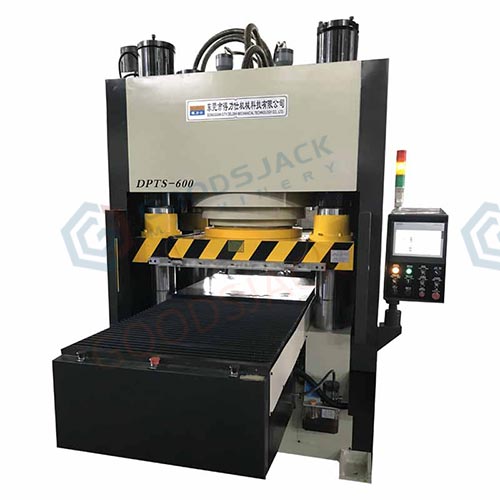Speed. There are no hydraulic presses today that are as fast as the fastest mechanical presses. If speed is the sole requirement, the application is fixed and the material feed stroke is relatively short, the mechanical press remains the best selection.
Stroke depth. If a limit switch is used to determine the bottom, the stroke depth is not likely to be controlled much closer than .020". Many hydraulic presses can be set to reverse at a preselected pressure, which usually results in uniform parts. Generally, if absolute stroke depth accuracy is required, "kiss" blocks must be provided in the tooling.
Automatic feeding equipment. Hydraulic presses require some external or auxiliary power to feed stock. The feeder must have its own power, and must be integrated with the press control system.
There is, however, an increasing selection of self-powered feeding systems available such as roll feeds, hitch feeds, and air feeds.Shock after breakthrough in blanking. Both mechanical and hydraulic presses experience this problem. But the hydraulic system of a hydraulic press must also be isolated from the shock associated with decompression. If the hydraulic system does not contain an anti-shock feature, this shock can affect the lines and fittings.

As with any major purchase, it’s important to do your homework. Once you determine you want to go hydraulic, take the time to consider the issues reviewed above to make sure you get the best solution for your specific application. And strongly consider selecting a vendor you can easily partner with. Key things to look for include excellent communication and support, engineering expertise and custom-build capability, all of which inevitably provide press success.
If you have any trouble about hydraulic press selecting,welcome to consult Goodsjack!


 +86-769-8306-1993
+86-769-8306-1993
 E-mail
E-mail
